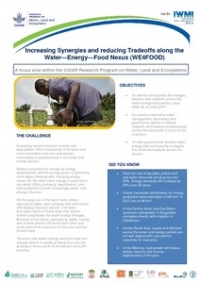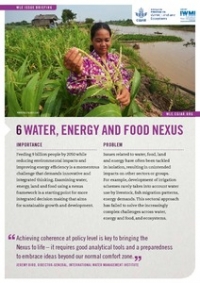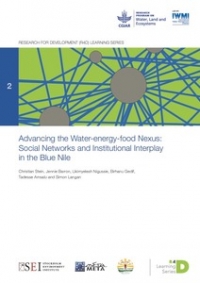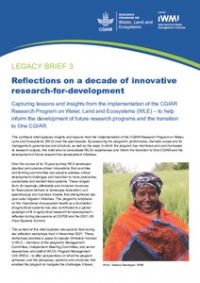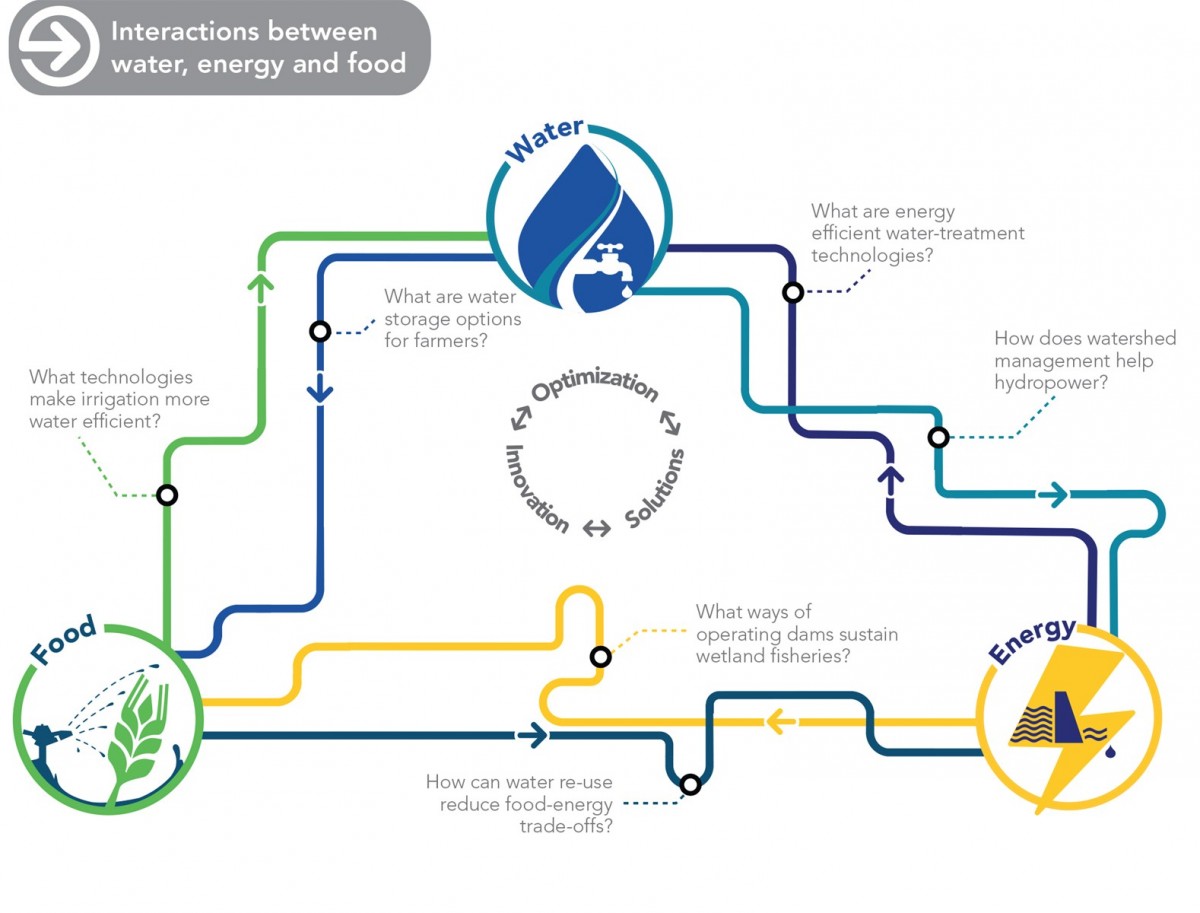
For the past five years, development sector professionals have been looking with increased interest at the way various issues facing the world interrelate. A single issue, like water, cannot be considered alone: it relates to many other issues, like agriculture, commerce, mining, and health; to make matters even more complicated, water often crosses borders, thereby involving multiple countries.
A session at the World Water Week 2016 in Stockholm on 28 August 2016 focused on how implementing the six targets of the Water Sustainable Development Goal, SDG number 6, will interrelate with the Food and Energy SDGs, numbers 2 and 7. A new platform has started to emerge to drive the interrelationship between the water, energy and food SDGs, known as the Water–Energy–Food (WEF) Nexus Platform. The main objective of its proponents is to achieve a balance of the demands of the individual SDGs while addressing the tradeoffs that will be required to make all of them work. For example, during the implementation phase of the SDGs, how do we achieve the water goal, without sacrificing the food security goal, given that food security is inherently dependent upon the availability of water?
The WEF nexus is complicated enough. But other issues are intimately connected to the three areas, such as climate adaptation and land. The Nexus is all about understanding the level of interconnectedness of these various issues and the potential competition among them. Changing one will have a ripple effect in all the others. A simple example is the interconnectivity amongst biofuels, the economy, and food. Increasing the production of biofuels reduces the land area available to grow food and also threatens forests and biodiversity. Selling the biofuel earns money, but the country must import more food to make up for agricultural land used for biofuel production. Somebody makes a profit, of course, but as food prices go up, poor people suffer. In any negotiation, especially one as complex as this, somebody can lose out. As one audience member put it, “Water flows uphill to money and power.”
This is a simple example. Reality is far more complex. “The interconnectivity of the SGD indicators is very complex,” said Jeremy Bird, IWMI’s Director General. “And these interlinkages still need to be worked out. Groundwater is a classic Nexus case. There are multiple competing demands for groundwater, from agriculture, industry and climate adaptation, to name just a few.” These interlinkages are not confined within the borders of a single country. Water basins extend under borders, and importing food—for example, cereals into Morocco—affects its availability to people in other countries.
“Integration and coherence come at a cost,” said Nina Weitz, an economist with the Stockholm Environment Institute. Balancing and negotiating tradeoffs is time-consuming and some interests are inevitably downplayed. “The role of governance is very high in achieving coherence across the sectors, but we lack the analysis of the political and cognitive factors in play,” said Weitz.
Staff in government ministries often have specialized backgrounds, such as finance or economics, and have trouble understanding the complexity of the problems they face. Simple, effective models are essential as powerful ways to explain to the problem. Models are inherently complex, but they cannot be dumbed down too much. “All models are wrong, but some are useful,” warned Mark Rosegrant of the International Food Policy Research Institute.
The World Bank is looking for innovative ways to approach its main clients, which are ministries. One is its ‘Thirsty Energy’ initiative, which helps countries integrate water challenges into the energy sector. Significant amounts of water are needed in almost all energy-generation processes, yet the water sector needs energy to extract, treat and transport water. “The nexus approach gives the ministry staff the chance to understand the complexities and competition amongst sectors,” said the World Bank’s Diego Rodriguez.
The SDGs themselves will create very complex challenges. For example, seeking to achieve the climate change SDG in isolation will have an unsustainable impact on the water SDG. These conflicts extend across the 17 Goals. The ecosystem and the climate are closely associated with the WEF Nexus, so policymakers need to start talking now about shared interests in the interlinkage of the issues. As Jeremy Bird noted, “The train has already left the station on interconnectivity.”



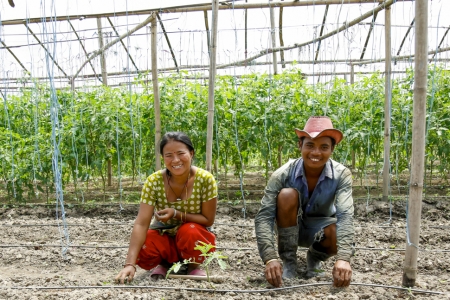
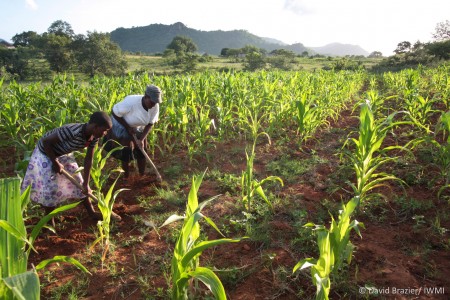




/index.jpg?itok=EzuBHOXY&c=feafd7f5ab7d60c363652d23929d0aee)


